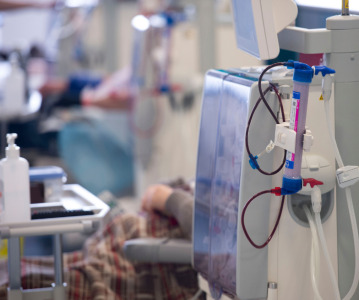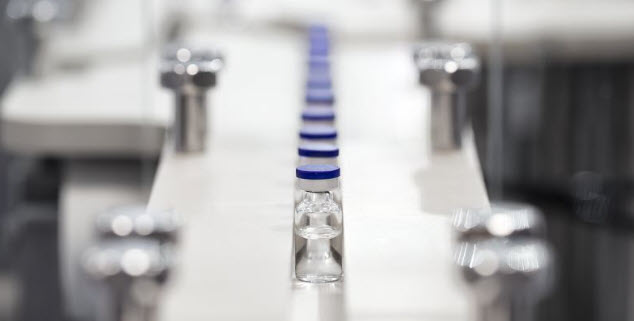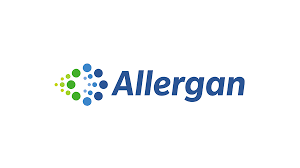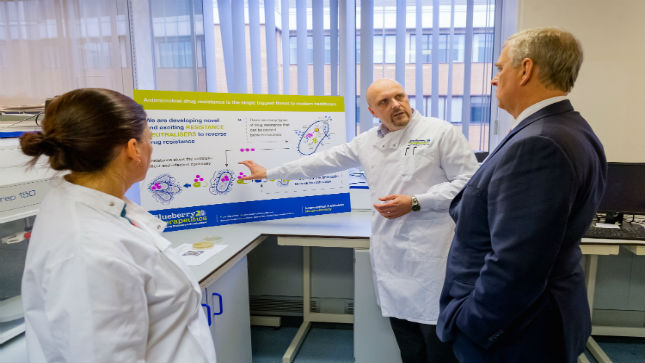Brazil's Pharmaceut?ical Market: Increase in Chronic and Lifestyle-?Associated Diseases to Boost Sales

Brazil has emerged as a manufacturing hub for pharmaceutical and biotechnology companies, with the pharma market forecast to grow from $12.4 billion in 2007 to $58.8 billion in 2020, at a Compound Annual Growth Rate (CAGR) of 12.7%, says research and consulting firm GlobalData.
The company’s latest report* states that the medical device market in Brazil will also see significant growth from $7.9 billion in 2012 to $13.1 billion by 2020, at a CAGR of 6.6%. In 2012, the main segments were ophthalmic devices ($1.5 billion), in vitro diagnostics devices ($0.9 billion) and diagnostic imaging devices ($0.8 billion).
Joshua Owide, Director of Healthcare Industry Dynamics, says: “The healthcare market in Brazil is primarily driven by an increase in disease burden, affordability, and access to primary care. However, healthcare does not cover the total population and therefore restricts further market growth.”
In fact, the Brazilian healthcare system comprises two subsystems: public and private. The country’s private healthcare insurance system is the second largest in the world, covering approximately 23.7% of the population.
Owide says: “Brazilian hospitals still have inadequate resources and are therefore unable to provide access to healthcare provisions for every citizen, especially to those in weaker economic sections.
“However, government initiatives, such as the increased availability of generic drugs through programmes including the People’s Pharmacy (Farmácia Popular), have contributed to the reduction of out-of-pocket expenditure and indirect price control, which stimulates competition from generics.”
Still, healthcare in Brazil carries the highest tax burden in comparison with other sectors of the economy, such as the education and financial system. Required taxes to the service provider can reach up to 28%, including federal and state taxes. This shows that the current tax system would require priority attention from the government, according to GlobalData.
*CountryFocus: Healthcare, Regulatory and Reimbursement Landscape – Brazil
Related News
-
News Cassava Sciences halts Alzheimer's drug trial after limited progress
Cassava Sciences have drawn a close to their investigations and development of the drug simufilam, which they intended to be used for the treatment of Alzheimer’s disease. -
News US FDA adds haemodialysis bloodlines to devices shortage list
On March 14, 2025, the US FDA published an open letter to healthcare providers citing continuing supply disruptions of haemodialysis bloodlines, an essential component of dialysis machines. -
News Vertex Pharmaceuticals stock jumps as FDA approves non-opioid painkiller
UK-based Vertex Pharmaceuticals saw their stock shares soar as the US FDA signed off on the non-opioid painkiller Journavx, also known as suzetrigine, for patients with moderate to severe acute pain, caused by surgery, accidents, or injuries. -
News Lessons from CPHI Milan 2024: Sunny Intervals for Pharma Manufacturing?
As the 2024 CPHI conference wrapped up in Milan, we caught up with L.E.K. Consulting – a global strategy consulting firm with deep expertise in pharma manufacturing – to discuss evolving market perspectives and business outlook. -
News US BIOSECURE Act passed by US House of Representatives
The controversial act, which has already impacted several foreign companies operating in the US, was passed by the House of Representatives on September 9, 2024. It is now headed for the US Senate before it can be signed into law by President Joe Biden... -
News Pharmaceutical Supply Chain People Moves
The latest appointments, promotions, and structural changes across the pharmaceutical supply chain. -
News Drug prices agreed upon as part of the US Inflation Reduction Act
The Inflation Reduction Act brought into constitution by the Biden administation in 2022, which proposed a drug price negotiation between the government and pharmaceutical companies, has reached it's first agreement. -
News BIOSECURE Act continues to loom over Chinese pharma manufacturers
With the US BIOSECURE Act on its way to passing into legislation, Chinese companies are facing declining revenues within the first half of 2024 as US pharmaceutical and healthcare companies pull their businesses from the country.
Recently Visited
Position your company at the heart of the global Pharma industry with a CPHI Online membership
-
Your products and solutions visible to thousands of visitors within the largest Pharma marketplace
-
Generate high-quality, engaged leads for your business, all year round
-
Promote your business as the industry’s thought-leader by hosting your reports, brochures and videos within your profile
-
Your company’s profile boosted at all participating CPHI events
-
An easy-to-use platform with a detailed dashboard showing your leads and performance







.png)







